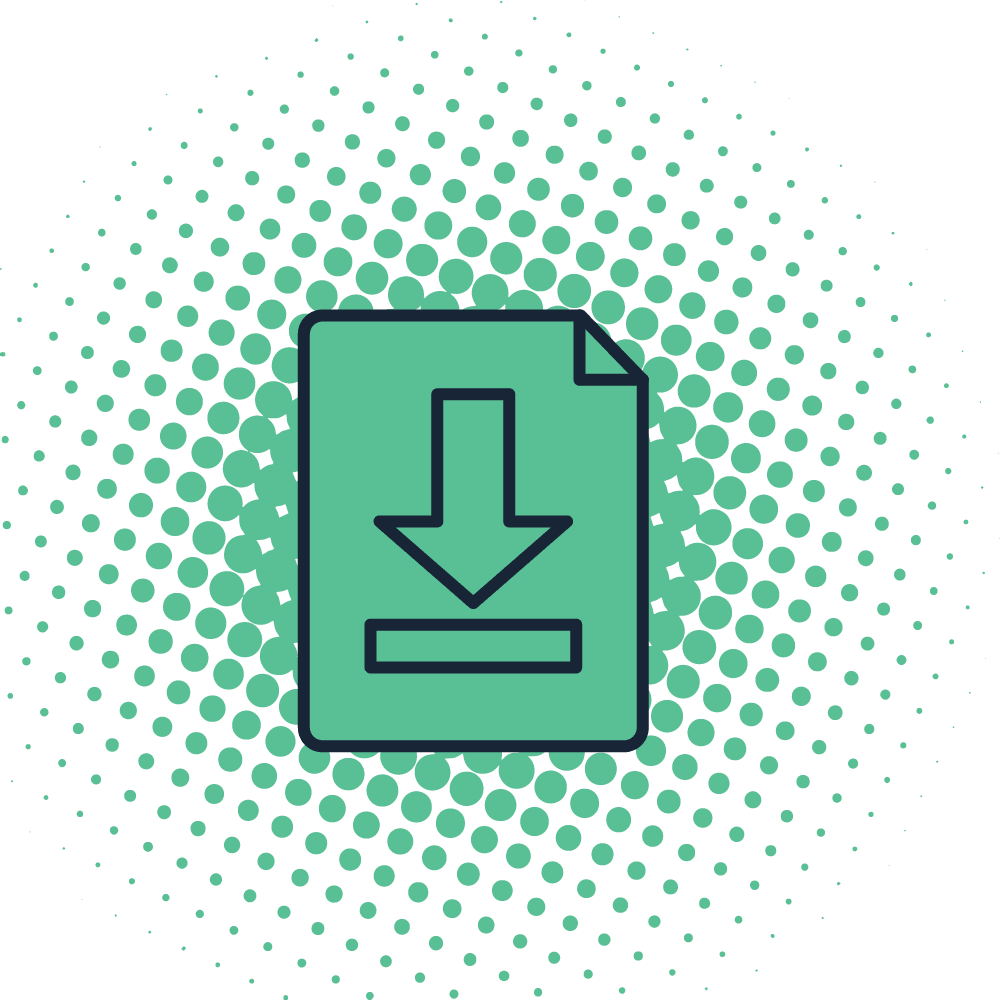Tashfeen Ekram, MD, co-founder and CMO at patient communication and engagement platform Luma Health in San Francisco, shares advice for hospital CMIOs seeking to improve physician workflow with EHRs and how automation can help.
Dr. Tashfeen Ekram: In other industries, software generally keeps the end user in mind, and extreme care is taken to align product design with product function. Unfortunately, healthcare software, particularly EHRs, is developed without truly considering or observing physician workflows, and the result is poorly designed software that requires physicians to create strange workarounds. A great example of this is the proliferation of clinical alerts that pop-up in EHRs — they are largely ignored though many contain important messages impacting patient care.
To improve the physician experience with EHRs, CMIOs should consider how they can minimize the documentation burden on physicians by leveraging more clinical staff in the process, transition to automation actions whenever possible and ultimately minimizing physicians’ time in front of computers and maximizing their time in front of patients.

Download this thought leadership white paper for ideas on how to make a plan to drive appointments and recoup lost revenues. Don’t miss these actionable patient engagement tips.
TE: Home technology is moving toward voice-driven workflows. Much of the important interactions between physicians and patients occur through verbal exchange — one of the most fulfilling parts of medicine for physicians. But then, physicians often spend hours upon hours attempting to capture that verbal exchange within the limited structure of the EHR.
Since a good portion of that verbal exchange is repetitive from one patient to another, voice recognition technology can easily recognize and document that information in the EHR. Leveraging such technology would revolutionize the professional life of a physician, allowing us to spend more time seeing patients and capturing the nuance of patient conversations and less time on tedious and time-consuming tasks.
Leveraging voice recognition technology in medicine would revolutionize the professional life of a physician.
TE: Automation in healthcare is key. Ensuring clinical effectiveness, patient safety, and appropriate reimbursement require so many rote tasks, and it’s costing us good clinicians. One of the biggest reasons for physician burnout is the rising demand of documentation.
Automating as many of these rote tasks as possible through advanced technology such as machine learning can drive efficiency in the healthcare system at large, and clear up valuable physician time, and brain space, for meaningful patient care.
As originally published in Becker’s Hospital Review on January 28, 2019. Written by Jackie Drees.